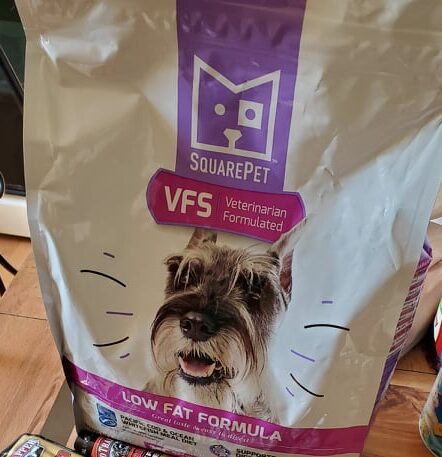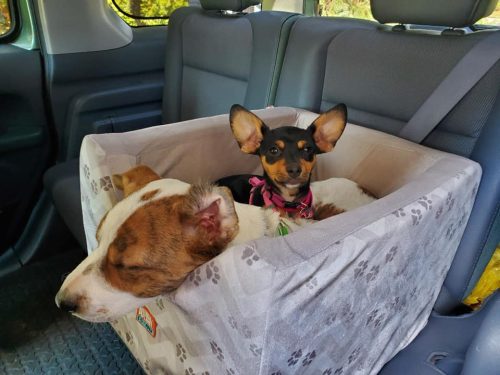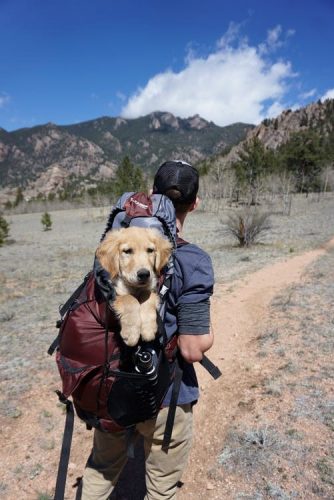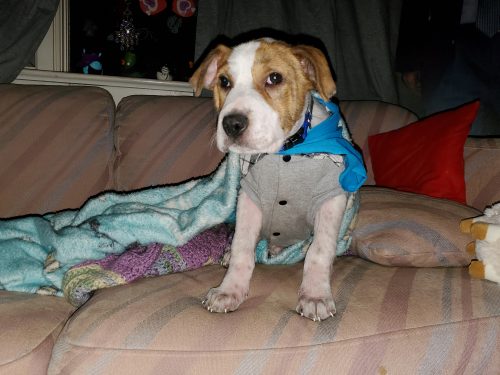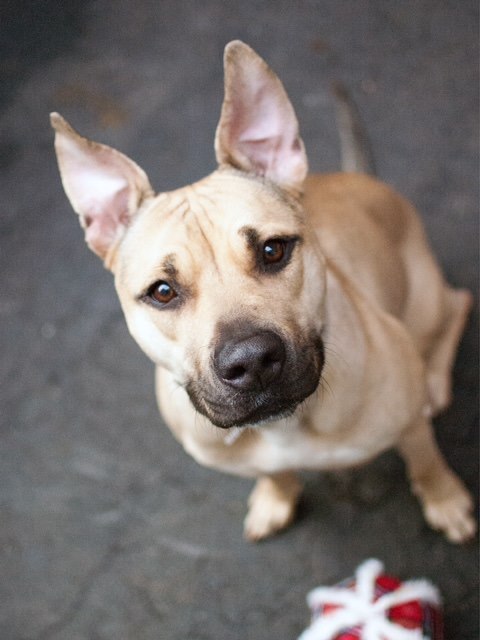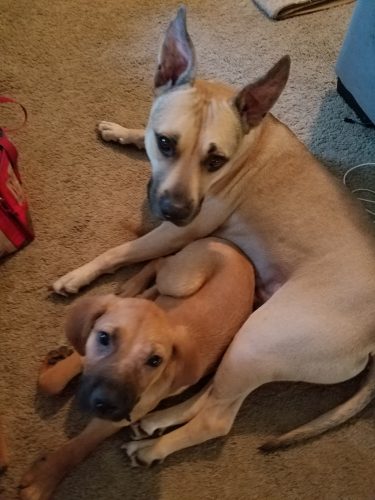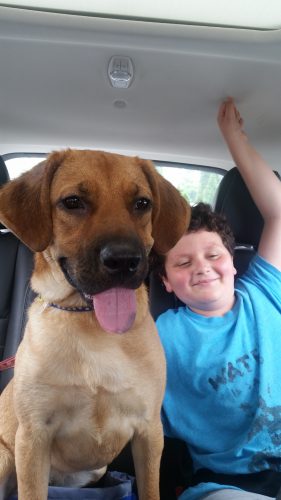Got a dog you love? Us too. In addition to our own pack, we constantly rotating pups as we are involved in rescue and fostercare. You can definitely call us “dog people”. Our pets and our foster pups are a huge part of our lives, even traveling with us at times. If you are followers on Instagram or Twitter, you’ll know that we are always out and about with them, and the dogs are always into something interesting, haha. (Not to mention, I think both Shayna and Cooper have a nicer wardrobe then I do!)
We recently got to try out this new dog food, and they really liked it. We were send the low fat variety, and while none of our fur babies are hefty, they still really enjoyed the food. I tend to cook for the dogs since that horrible dog food scare a few years ago, but I always keep a bag of dry food on hand for the days that I run out. Which I do, not irregularly. But I won’t give them just any dog food- it has to be good quality, and I won’t give them anything I can’t pronounce or know what it is. Some people make fun and say they are “just dogs”, but really- your dog is family. Mine are. And I think they should be treated as such.
They really loved the food, and I think your pups will as well. If you are looking for something to try out, or to upgrade your current dog food, I would definitely give SquarePet a try. Your pups will thank you.

More About SquarePet Veterinarian Formulated Low-Fat Solution Dog Food
- VFS Low Fat Formula contains two key protein sources from Pacific cod and ocean whitefish meal which are certified by the MSC (Marine Stewardship Council) to be sustainable and wild caught. These lean and high-quality fish are combined with highly digestible sources of carbohydrates including USA grown non-GMO rice, and vitamins and minerals for complete and balanced feeding to help support gastrointestinal health.
- Providing precisely balanced nutrition that has been developed by a veterinarian and a board-certified veterinary nutritionist, SquarePet VFS Low Fat Formula leverages the inherent nutrition found within natural high-quality ingredients to create veterinary inspired solutions-based diets.
- Its proprietary soluble and insoluble fiber blend supports a healthy gut microbiome and is fortified with antioxidant vitamins and minerals to help defend against free radicals. In addition, the diet is packed with crucial Omega-3 essential fatty acids, including DHA and EPA which support the immune system and cognitive health
- VFS Low Fat Formula from SquarePet is free of artificial flavors, artificial colors, and preservatives.
- It is proudly made in the USA with no ingredients from China.
- SquarePet’s VFS Low Fat Formula dog food can be purchased online and at local pet specialty retailers nationwide.
- Available online and at independent pet retailers throughout North America.
- MSRP of $71.99 for a 22-pound bag
